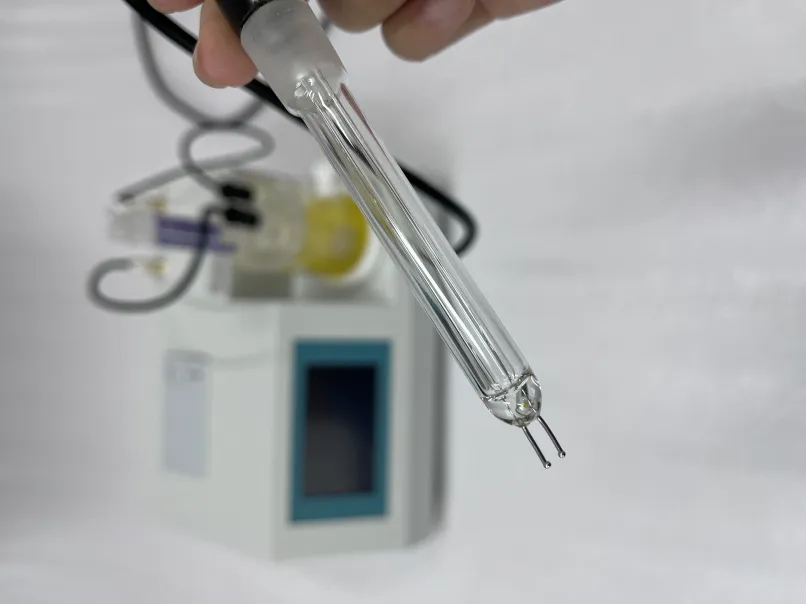 English
English


Gas Chromatography Operation Guide
Gas Chromatography Operation An Overview
Gas chromatography (GC) is a powerful analytical technique utilized for the separation and analysis of volatile compounds. This method is widely applied in various fields, including environmental monitoring, food safety, pharmaceuticals, and petrochemicals. Understanding the operation of gas chromatography is essential for scientists and technicians who rely on this technique in their work.
At its core, gas chromatography involves the partitioning of a sample between a stationary phase and a mobile phase. The mobile phase is an inert gas, typically helium or nitrogen, which transports the vaporized sample through a column. The stationary phase is usually a liquid or solid material coated onto the inner walls of the column, with each having different affinities for the components of the sample mixture.
Gas Chromatography Operation An Overview
Once injected, the sample travels through the column where separation occurs. The length and temperature of the column can greatly influence the separation efficiency. Components of the sample interact with the stationary phase to different extents, leading to varied retention times. More volatile compounds typically travel faster through the column, while less volatile compounds experience greater interaction with the stationary phase, leading to longer retention times.
gas chromatography operation

As the components exit the column, they pass through a detector, which is critical for identifying and quantifying the separated compounds. Commonly used detectors include flame ionization detectors (FID) and thermal conductivity detectors (TCD). Each detector operates on different principles, with FID being particularly sensitive to organic compounds. The generated signals are then recorded and processed, often resulting in a chromatogram—a visual representation of the separation achieved.
Interpreting a chromatogram involves analyzing the peaks that represent individual components of the mixture. The area under each peak correlates to the concentration of the respective component in the original sample. By comparing these areas to known standards or using calibration curves, accurate quantification can be performed.
To ensure accurate and reliable results, several best practices must be observed during gas chromatography operation. Regular calibration of the instrument, maintenance of the column, and monitoring of detector performance are essential. Additionally, a proper understanding of method development, including temperature programming and flow rate optimization, can significantly enhance the separation efficiency and resolution of complex mixtures.
In conclusion, gas chromatography is a crucial analytical tool that offers high precision in the separation and identification of volatile substances. Its operation involves meticulous preparation, precise control of the chromatographic conditions, and careful interpretation of results. As industries continue to demand reliable analysis of complex mixtures, gas chromatography remains a key method in the analytical chemist's toolkit, supporting various applications that are vital to public health, safety, and regulatory compliance.
-
Differences between open cup flash point tester and closed cup flash point testerNewsOct.31,2024
-
The Reliable Load Tap ChangerNewsOct.23,2024
-
The Essential Guide to Hipot TestersNewsOct.23,2024
-
The Digital Insulation TesterNewsOct.23,2024
-
The Best Earth Loop Impedance Tester for SaleNewsOct.23,2024
-
Tan Delta Tester--The Essential Tool for Electrical Insulation TestingNewsOct.23,2024





